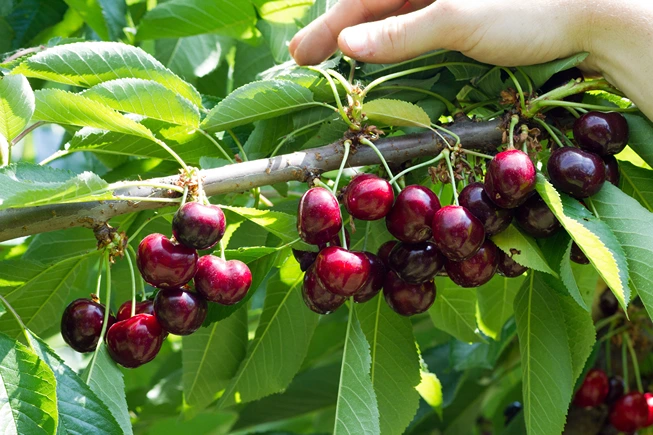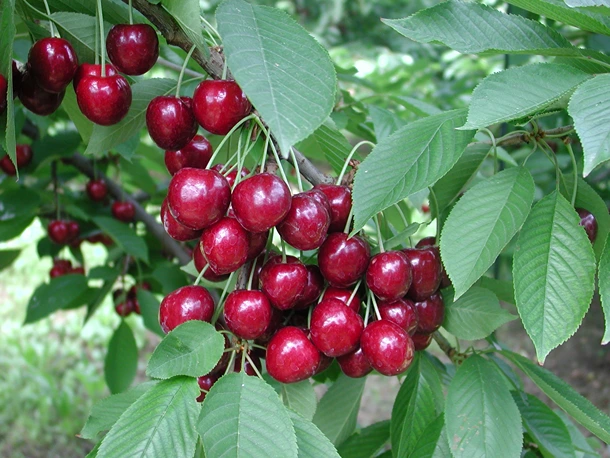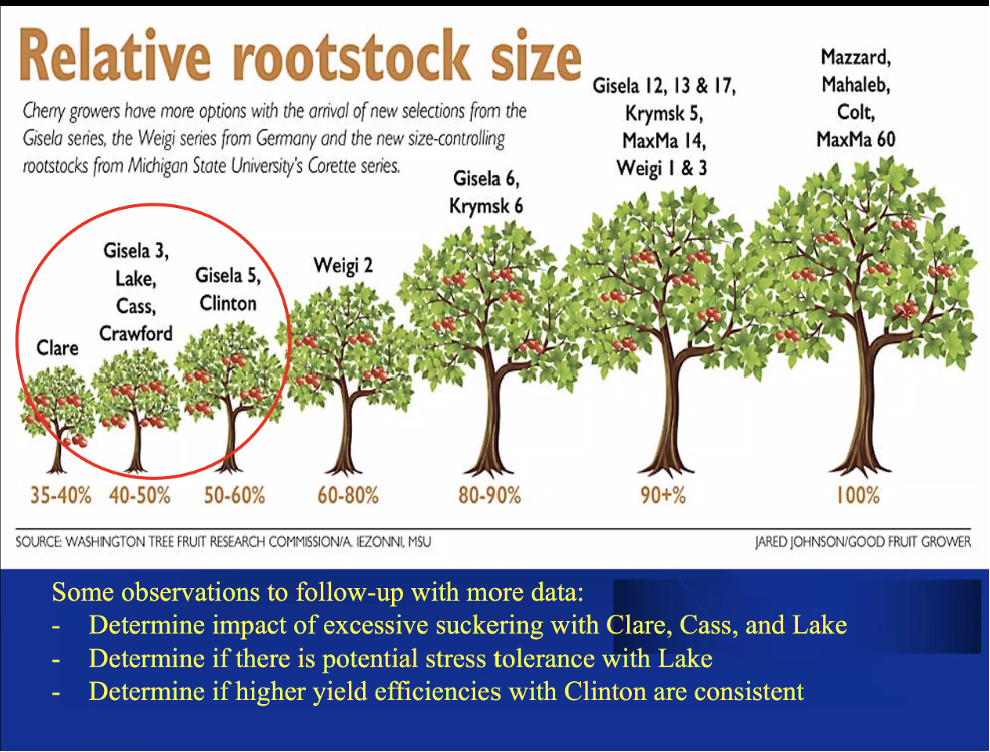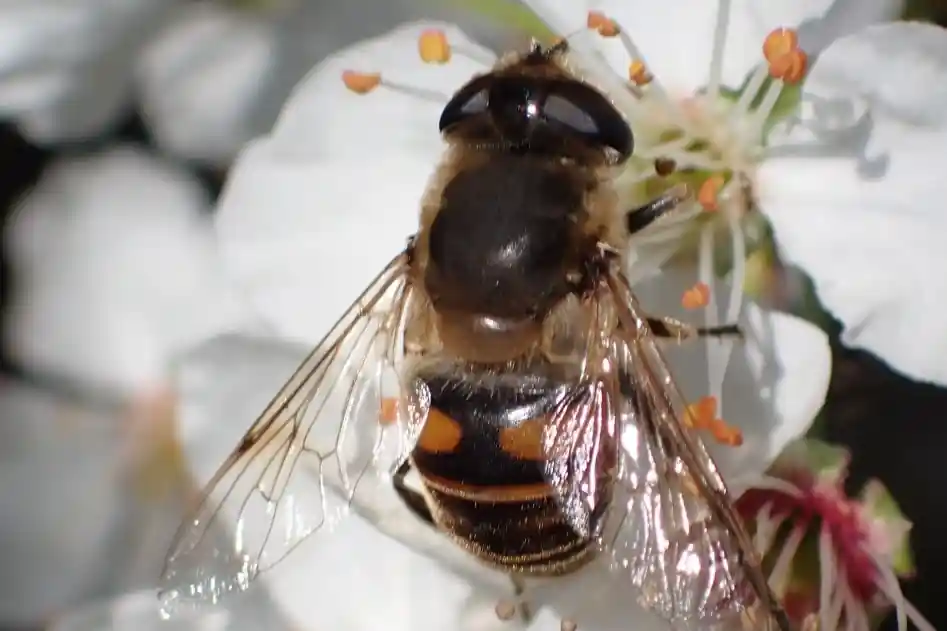Despite the initial difficulties in importing genetic material and cultivating cherry varieties in Peru, trials with different types from the United States and Italy could begin in the short term. This has improved the prospects for national agro-export companies, which in turn look forward enthusiastically to the growing demand in certain markets.
For some time, the country has been working to add this product to its agricultural basket, a fruit that is particularly sought after in the Asian market. Indeed, cherries are a “status” fruit in China.
The world’s largest buyer of cherries is China, with an approximate value of 3 billion dollars in 2023, explained Gabriel Amaro, president of the Peruvian Association of Agricultural Producers Corporations (AGAP). About 70% of this amount (2.2 billion dollars) of the cherries purchased by China comes from Chile.
The level of consumption in China is significant. For example, Malena Ayala, a cherry expert from the Catholic University of Chile, stated that during the Chinese New Year, which lasts about 15 days, each person may consume 10 cherries a day. The Chinese population is approximately 1.41 billion.
If Peru manages to grow and export its own cherries, it could compete with its southern neighbor, which is the world’s leading exporter. “There is no Peruvian crop that exports a value of 3 billion dollars. Blueberries, our main agricultural export product, reached 1.88 billion dollars in the 2023-2024 season. Cherries could easily surpass blueberries,” said Amaro.
US varieties
The path toward exporting cherries to the Chinese market begins with the fact that we do not have significant local production of the size of blueberries or grapes. Although it is known that the country has the potential to grow cherries thanks to its climatic conditions, barriers to the import of genetic material and the cultivation of its own varieties have posed a problem for agro-export companies. However, the outlook is changing: in the short term, trials will begin with various cherry varieties obtained from the United States and Italy.
Amaro explained that he has requested access to genetic material from countries like the United States, China, and South Korea from the National Agricultural Health Service (Senasa) to conduct tests and develop new cherry varieties. “We are waiting for authorization to bring genetic material into Peru. For now, we have access to some varieties from Chile,” commented the president of AGAP.
Meanwhile, Orlando Dolores, general director of Senasa, reported that efforts are underway to support agro-exporters with the importation of new varieties to conduct research that will ultimately determine which varieties will be planted.
“We will authorize, in the short term, the importation of new cherry varieties from the United States (...) It is very likely that, within a couple of years, we will be able to start commercial production of cherries. At the same time, we will work on the opening of markets for cherries,” said Dolores.
For his part, the head of AGAP indicated that the main Chilean varieties with which cherry cultivation is being developed in Peru are Regina (originating from the Czech Republic) and Lapins (originating from Canada).
In reality, the southern country took 20 years to identify profitable varieties. Although Chile is the world’s leading exporter of cherries, it heavily depends on the genetics of other countries. Today this market exports the Santina and Lapins varieties, originating from Canada, and Regina, from the Czech Republic.

Ideal planting area
To plant a fruit in a cultivation area for the first time, studies and analyses are necessary to identify whether the climatic conditions the food product needs to grow are met. The cherry tree is heavily dependent on the climate.
The cherry tree is a deciduous fruit tree that needs cold hours to overwinter. Specifically, it requires between 400 and 800 hours of cold in an area where the temperature does not exceed 20 degrees Celsius. So, should cherries be grown in areas where heat is uncommon? According to the National Institute for Agricultural Innovation (INIA), the higher altitude zones of the sierra are suitable for cherry cultivation.
Amaro noted that both agro-exporters and INIA are working to identify the best areas for cherry cultivation and their varieties. “We have several partners, about 10 companies, testing cherry cultivation, and gradually, other companies will be incorporated based on the results obtained from the cherry tree’s agronomic behavior in the planting location,” commented the president of AGAP. He reaffirmed that the main market they have in sight for cherry exports is China, due to its high demand.
According to Carlos Vargas, an engineer and fruit tree specialist at INIA, in the past five years, companies like Camposol, Agrícola Andrea, Beta, and others have conducted cherry adaptation trials in the highlands: Huancayo, Ayacucho, Huaraz, and Arequipa.
“In the highlands, we have success cases [of products with similar characteristics]. For example, Hass avocados have adapted very well,” Vargas told Gestión. Although the cherry varieties grown in Peru – according to INIA, between 15 and 20 hectares of authorized plantations have been identified – are those produced in Chile, namely the conventional ones, new varieties have also emerged and are in quarantine in our country.
Senasa must assess whether these agricultural products do not carry pathogens that could affect the health of the country’s plants. Afterward, their genetic material will be released for cultivation in fields or orchards.
“We are aware of nurseries in Peru that have introduced varieties of Italian origin. These include the sweet varieties: sweet gabriel, sweet lorenz, and sweet aryana. The new cherry varieties are established in the Tambo nursery in Piura and are overcoming quarantine. In a few months, they will be released to the market. By the end of this year, one or two companies will have access to genetic material released by Senasa,” said Vargas.
He also commented that Peruvian researchers and nursery operators are making arrangements with International Fruit Genetics (IFG), a U.S. genetics company, to conduct trials of new protected cherry varieties, which require fewer cold hours and have early maturity.
In a second phase, when the new low-chill varieties are released, studies on their agronomic behavior will be conducted. “In orchards across different regions of the Sierra, we will determine where the cherry tree has adapted best,” said the fruit tree specialist.
“The cherry plants of the new varieties we will receive need two to three years to flower. In other words, it is likely that by 2026 we could already harvest these fruits and thus, in the following years, become one of the main producers or exporters of cherries,” added Vargas of INIA.
Some of the cherry varieties from International Fruit Genetics (IFG) that stand out, and which are largely already present in Peru, include: Ráfaga alegre, Resplandor alegre, and Luna alegre, among others.
“In Chile, they are stopping the production of traditional cherry varieties and opting for new protected varieties that require fewer cold hours,” commented Vargas. He then added that, given what is happening in the neighboring country, several companies in Peru have received authorization to access their genetic material.
As highlighted by INIA’s fruit tree specialist, these new varieties can adapt to a flatter area with lower temperature requirements. “Between the coast and the highlands lies the habitat of the Peruvian cherry tree,” Vargas stated.
In this regard, Dolores, director of Senasa, commented that genetic improvement has made it possible to develop varieties that can be planted in warm winters, such as those on the coast. “Like cherries, grapes require many cold hours. However, there have been new varieties that have adapted to the climatic conditions of Piura. Therefore, we are progressing through genetic improvement; it is essential to bring plants and adapt them to our conditions,” she commented.
“There are varieties that need to reach three degrees to produce, but there are other new ones, thanks to advances in genetic improvement, that can tolerate 14 degrees to produce. So, it is possible to grow cherries on the coast,” she added.

Profits everywhere
In Chile, cherry harvesting begins on October 15 and lasts until the end of February (off-season harvesting), coinciding with the Chinese New Year. “Once we manage to obtain our cherry variety, the goal is to harvest before Chile, that is, in September or early October, when the best prices for fruits are achieved due to demand from China,” said Vargas, INIA fruit tree specialist.
The goal would be to harvest during the off-season to meet Chinese demand because, typically, in October or November there is no supply in the international market.
“On average, blueberries cost $8 per kilogram, while cherries cost $12. However, in October and November, the price of cherries in China (before the Chinese New Year) reaches $80 to $120 per kilogram,” said Vargas.
Additionally, with the opening of the mega-port of Chancay, our agricultural products will be more competitive, thanks to improved logistics costs, in a context where agricultural exports are directed to Asia. Travel times will be reduced from 45 to 30 days.
Dolores explained that cherry cultivation in Peru has already started with the phase of variety trials from other countries. The next step is production and managing its entry into more markets. “These are the phases of any agricultural product, from initial cultivation to exportation. This is what happened with avocado, blueberries, and it will happen with cherries,” said the director of Senasa.
Regarding the specific access of cherries to the Chinese market, Dolores explained that it usually takes an average of four years for an agricultural product to enter, especially the Asian market. However, she indicated that this time could be reduced to two years if there is support from the Ministry of Foreign Affairs and if the product is prioritized.
“By 2028, there should already be Peruvian cherry exports to the world, especially to China. With the establishment of the mega-port of Chancay, we must prioritize this market,” she emphasized.
Source: Blueberries Consulting
Images: SL Fruit Service
Cherry Times - All rights reserved












